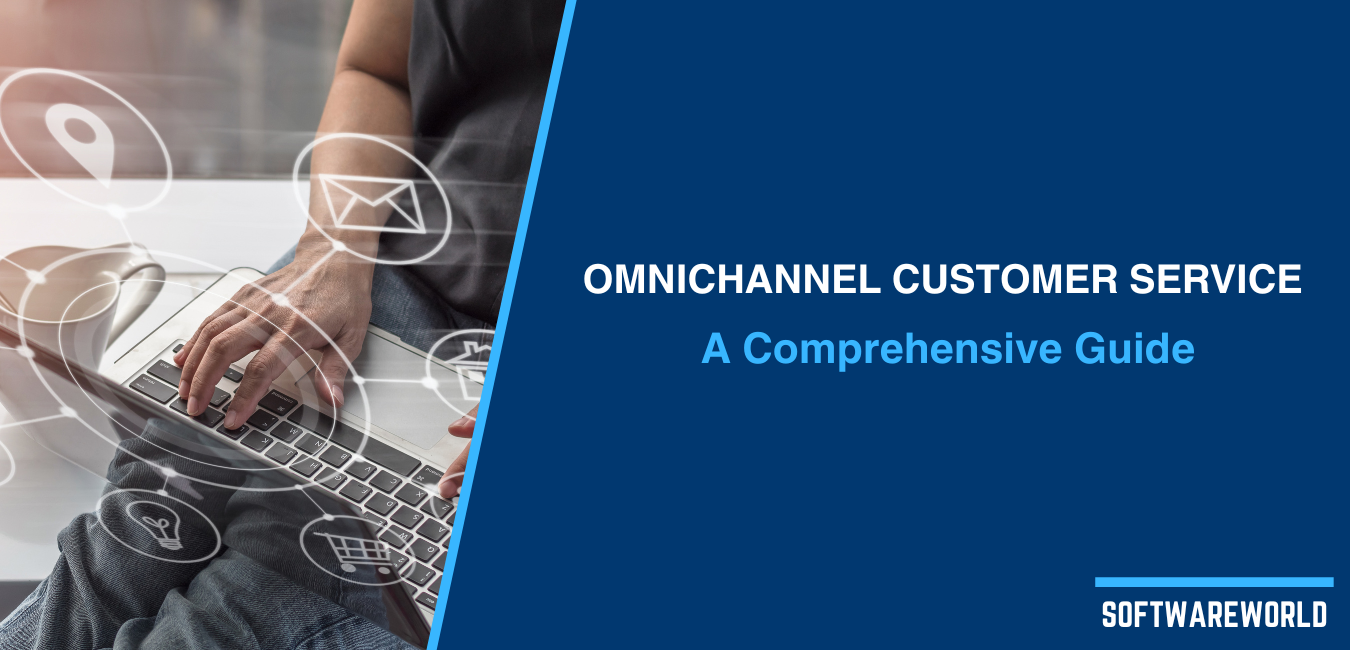Table of Contents
Videos are arguably one of the most effective marketing tools to connect with your audience. They offer better chances of catching your viewers' attention, engaging them, boosting your conversion rates, and increasing your sales.
The thing is that, while there are many kinds of video styles, each tends to serve different purposes, making them more (or less!) effective at accomplishing different marketing goals.
For example, whiteboard animation videos can be incredibly useful to describe your product or service and its features, but it'll be less impactful if what you are trying to do is grow your social media presence or nurture your company's culture!
So, in order to choose the right type of video for your strategy, you need to understand when and how to use each format to the fullest. But don’t worry, this isn’t as daunting or as complex as it might sound!
In this piece, we’ll walk you through seven popular types of marketing videos, emphasizing their particular strengths depending on the marketing objective they excel at.
Video Ads – To Grow Your Audience and Scope
Commercials are an incredibly popular way to reach online audiences because they serve a two-fold purpose: engage your viewers, and encourage them to buy your product or service by promoting it.
This kind of video is strictly focused on creating sales, which might make it a bit hard to attract viewers in the first place -people are usually not too keen on ‘salesy’ content.
The way around this issue is to keep your ads short by focusing on a single important feature of your product or service. Ideally, a commercial video should be 30 seconds long, but you can go up to one minute if you feel you must.
The idea behind creating a commercial is to give your audience a glimpse of what you offer to draw them in and inspire them into wanting to know more. To achieve this, remember to properly brand the video so that people can easily associate it with your company.
You could also use a CTA to redirect your viewers to your website or e-shop and improve your conversion rates!
In addition, since video ads are quite shareable, it's good to add a button that allows users to share the video on different social media platforms. This will significantly increase your reach and grow your brand awareness.
So, if you’re looking for a way to advertise what you’re selling while generating more leads and boosting your sales and view counts, then this is the kind of video you need.
Social Media Videos – To Enhance Your Social Presence
Nowadays, social media is where people spend most of their free time finding information about everything they're interested in. So, it's not surprising that Social Videos are one of the most direct ways of reaching and engaging potential customers.
Since social media platforms are very flexible regarding the content you can upload, these videos can take many forms. What usually identifies them as "social" videos is that their content tends to inspire, inform, and entertain at the same time while also being easily "shareable" and uploaded to your company’s social media presence.
Even though there’s no fixed recipe to produce videos for social media, there are a few implicit rules you should follow to achieve better results.
The first one is to put together something attractive and exciting enough to catch your viewers’ interest quickly. On social platforms, you don’t have much time to get people on board. So, you have to keep your content as short as possible.
Next is to use all the audience research you must've done during the early stages of your marketing strategy. As you probably already know, Instagram users don't tend to consume the same type of content as Facebook or YouTube users, and the formats differ from platform to platform.
Keep the information fresh; make it relevant to your viewers, and adjust the video size to fit the platform you intend to post it on, you can also do all this in content marketing platforms.
If your goal is to boost engagement with your content through likes and comments, increase brand awareness through shares, and improve your social media presence, then our advice is that you start planning your social media videos!
Explainer Videos – To Improve Conversion Rates
Explainer videos are incredibly popular nowadays. So much so that you even have entire video production companies specializing almost exclusively in making them.
The power of explainers lies in that they can relay complex information surrounding your product or service in a simple yet compelling way. With the help of animated graphics and straightforward language, you can illustrate to your viewers what you’re offering them, how your product or service can help them, and why they should choose you.
And you know what the best part is? All of this happens in approximately 90 seconds! Yes, you’ve read that right. Explainers are usually really short.
Another aspect that makes explainer videos so appealing in marketing is their versatility: they can also help stick your brand on people's minds. You only have to subtly introduce some aspects of your brand identity – such as your color palette, tagline, or logo – and have the video help nurture your brand’s image.
If your marketing objective is to boost your conversion rates or increase the time users spend on your website or social media platforms, this is the type of video content you should make.
Product Videos – To Generate Sales Leads
Product videos are a type of explainer video that focuses on showing a product or service in use while explaining its benefits.
In a very short time (usually less than 2 minutes), you can show your viewers how your product or service can help them by showcasing its features and demonstrating how it works.
Because this is done creatively and often through the use of storytelling, you can create a lasting impression on your viewer's minds, increasing conversion rates and trust in your brand at the same time.
However, this must be done as quickly and straightforward as possible to maintain your audience's attention. Give clear instructions on how to use your product or service, and describe its benefits concisely.
Suppose you aim to effectively nurture your leads, increase your sales funnel, and motivate potential customers into making a decision and taking action. In that case, you should start planning your product video!
Educational or How-to Videos – To Build Brand Trust
You’ve probably googled how to fix a pipe or how to assemble a piece of furniture at some point in your life. And who hasn’t? Online audiences adore educational content (particularly YouTube), so it's the first place people go looking for help.
This is precisely why you should consider making a video in which you teach people about your product or service, how to use it effectively, and any other related topics that might arise.
Through how-to videos, you can deliver valuable information in an entertaining way. By giving your audience actually useful content, you become a knowledgeable reference in your niche while also building brand trust.
Your how-to video should answer at least one of the following questions: What problem does your product or service help solve? How does it help? How should people use it to obtain optimal results?
Keep in mind that effective How-to videos should provide clear and simple step-by-step instructions. They're highly informative, and the content they develop is complex, but you should avoid blocks of text because that's not what people are looking for in a video.
Our advice? Let your creative juices flow and add animations and other attractive and fun visual elements while you answer the questions we’ve mentioned before. This way, you'll hook and keep your audience's attention.
Basically, you should add an educational video to your marketing strategy if you aim at demonstrating expertise and nurturing customer trust in your brand or business.
Company or Culture Videos - To Boost Brand Awareness
So far, we've mentioned five types of videos that focus on your product or service or on your brand. But what about the people behind the stage? They're a big part of your company and embody its beliefs, values, and purpose.
With culture videos, you can show your audience who you are as a company and what makes you unique. This way, the spotlight moves from a product or service to a human component with whom your viewers are more likely to relate to and connect with.
Through this process, which usually takes mere seconds for the viewer, you generate brand awareness and trust and increase engagement by giving your audience a sense of familiarity and affinity.
Just remember that company videos are all about personality, so make sure you tell your viewers why there's no other company quite like yours. Or better yet, let your employees be the ones to tell them! For example, you can ask them to talk about why they chose to work for your company and what makes them stay.
However, you should try to avoid making it sound scripted. Adding some humorous touches such as a “behind-the-scenes” segment or some bloopers can help you with that.
So, if you’re looking to add a human touch to your company to increase brand awareness and trust, then you should start working on your next company video!
Customer Testimonials – To Nurture Customer Confidence
You can have all the other six types of videos as part of your strategy and still have undecided customers that aren’t sure whether your product or service is right for them… and this is where customer testimonials come in!
This kind of video shows satisfied customers giving their opinions about your product or service and talking about their personal experience with it. This is meant to reassure customers who have last-minute resistance to closing a deal.
The mechanics of why they work is pretty simple and rooted in human nature. When a person has a problem they need to solve, they go to other people for help, advice, or referrals. In the online world, this takes the form of reviews.
Skeptical viewers are more likely to trust the recommendation of another user because they see it as unbiased. To enhance this trust, your video should feel natural and genuine. So, forget about heavy edition and too much post-production, and simply let your customers explain candidly what their pain point was and how your product or service helped them solve it.
We suggest that you also add a CTA at the end of the video to give your viewers that last push into closing the deal!
To make it short, customer testimonials have one main marketing objective: increasing trust in your products to boost your sales by humanizing your brand.
Conclusion
Video content is an essential part of any marketing strategy. However, for videos to be effective, it’s necessary to know what purpose they’re best suited for.
Luckily, we’ve given you a quick summary of seven popular types of video content so that you can choose the ones that best suit your marketing objectives.
Now you’re more than ready to start connecting with your audience and boosting your sales. So get out there and start making videos that work!
 Victor Blasco is an audiovisual designer, video marketing expert, and founder/CEO of the explainer video production company Yum Yum Videos. Besides running the business, he’s a lifelong student of Chinese philosophy and a passionate geek for all things sci-fi.
Victor Blasco is an audiovisual designer, video marketing expert, and founder/CEO of the explainer video production company Yum Yum Videos. Besides running the business, he’s a lifelong student of Chinese philosophy and a passionate geek for all things sci-fi.



